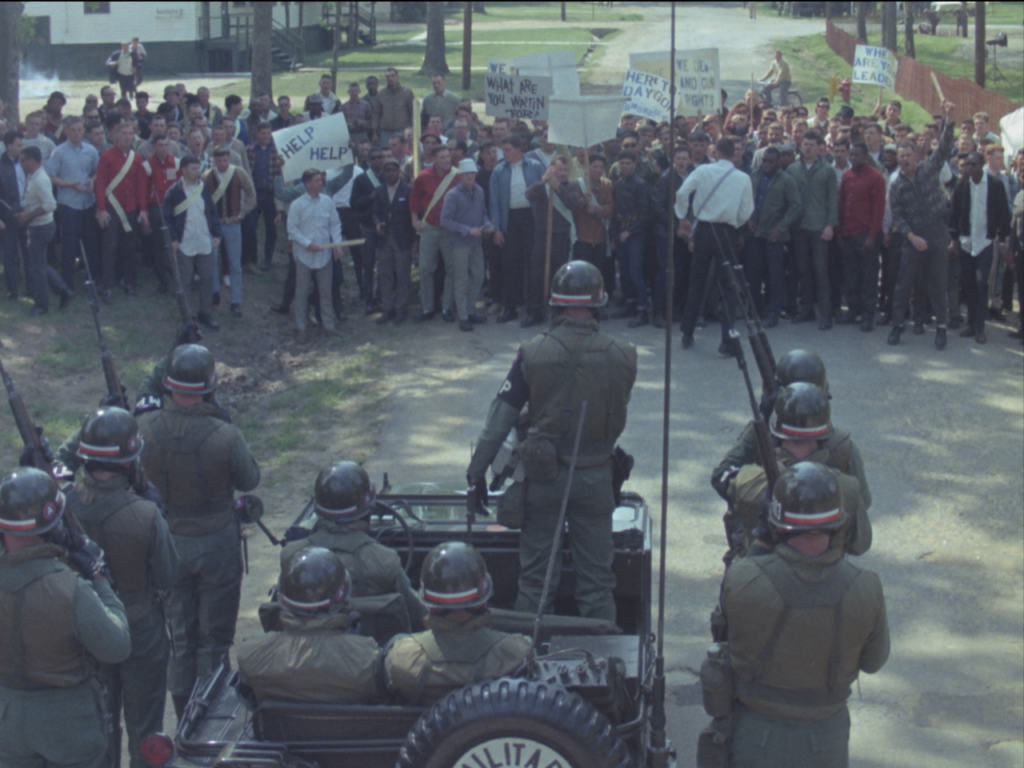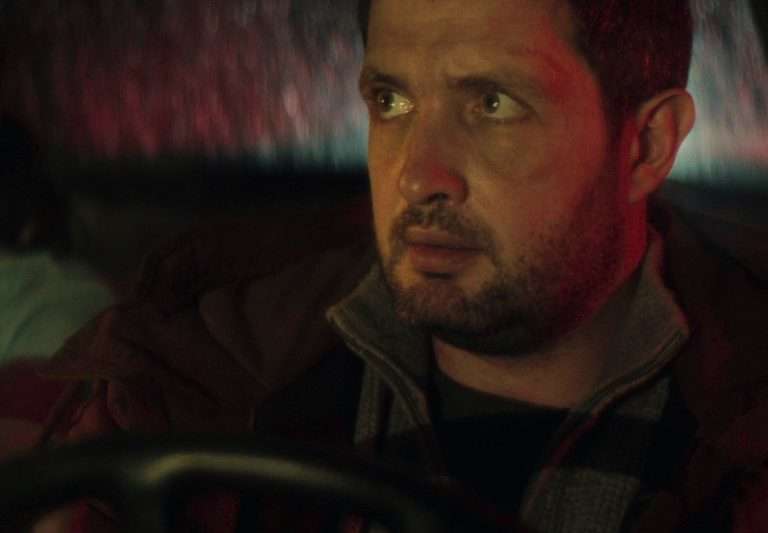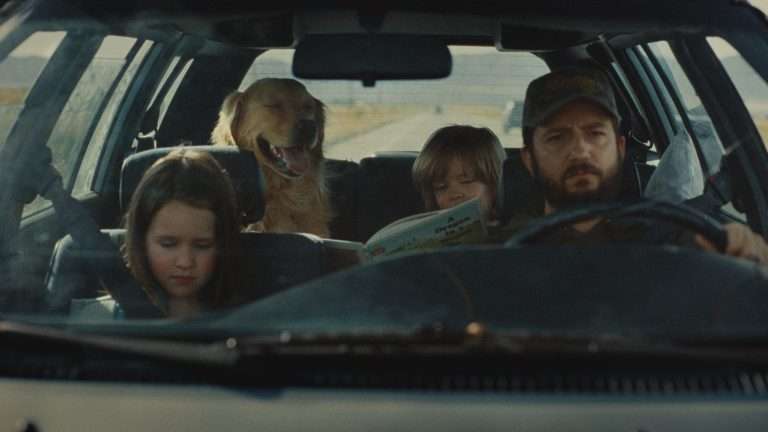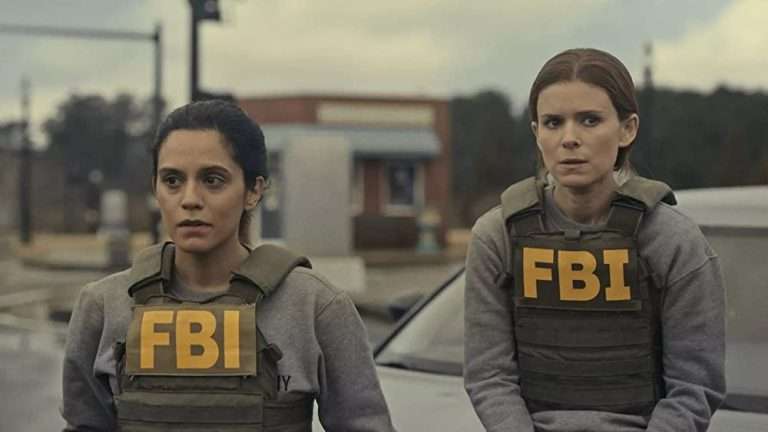Riotsville USA, premiering at Sundance in the ‘Next’ section this year, relies on archival footage drawn from the broadcast television and US military. The footage helps to create a snapshot of a reaction simmering with steep discontent and rage against the systemic marginalization, from the Black minority to the State machinery and the consequent counter-reaction. The documentary spans the second half of the 1960s, crisscrossing and capturing the national mood of the decade in various forms and multiple perspectives. Be it few valiant media networks that faced the fire for providing a platform of honest conversation across the divide; the infamous police-force armed with billions of federal funding; factions of the Black populace, singers and commoners alike who took to streets and vocalized their grievances.
The intermittent voiceover narration has a tone of diligence and righteousness to it. The account feels too dutiful and occasionally comes off as bearing a mighty burden of having undertaken an ambitious task and chronicling a restless period in American history, which paved the roads for revolutionary discourse and what radical action entails and the often absurdity bred as a result of that. It asks: what happens when the State is forced to reckon with its callousness?
The film invites us to ponder on what then an eventual course correction looks like. Is there an honest and sincere attempt to redress historical wrongs, through the constitution of a committee to look into the bursts of violence in the riots? The July 1967 civil order rampant in New York, Detroit, Chicago, effects the birth of the Kerner National Advisory Commission. Scepticism however belies the body’s structure. There is great pressure levied onto the body, comprising a bunch of political moderates, to pander in its report findings to President Johnson’s views on the state of affairs, who conveniently seek to sidestep the urgent issues raised implicitly and only twist it into a matter consisting of an isolated string of aimless external agitations.
Also, Read: Do Not Hesitate [2021] Review – An Anti-war Movie Focusing On The Ravages Of War On The Youth
The emphasis on perceiving the riots as a depoliticized expression is drummed up consistently throughout the entirety of the representation of the unrest. Johnson appeals for unity yet refuses to confront and acknowledge the fissures and utter breakdown of democratic values and principles in the nation, as evidenced by the riots. The equality which he harps on is rudely exposed as a sham, with hideous realities swept under the carpet. Director Sierra Pettengill meticulously charts the pervasive doubts and complaints regarding the committee, in the fact that it does not represent the voice of a ghetto but only a very already privileged class of people, while proceeding to unravel how the committee dashes all heralded dismissiveness towards itself by blowing in the face of its detractors and presenting a list of reform proposals that could cost more than a war.

The more revolutionary circles within the committee who dared to liken the agitators on the streets to Algerians protesting French colonial rule were promptly seeded out. Though the committee led to shockwaves of awareness among the masses, only a fraction of the suggestions in the report, bypassing all the other instructions to create millions of houses, jobs and guarantee of minimum income, that called for extensive federal funding of the military, was implemented religiously by the Congress. This gets linked in the film to the establishment of a fictional town in Fort Belvoir which is a military base, dubbed Riotsville, where police are trained in anti-riot control mechanisms and strategies.
Soldiers dress as the citizens of the town, real events are mimicked and this town becomes a playground for the State to assemble all its fears and cruel delusions and project its ultimate fantasies of conquest, with an unchecked display of power. The police minority relationship is delineated where denial of power misuse is uppermost when both sides are put on opposite sides of the table in PLB network’s studios. Besides focusing on Miami and Detroit as centres of acute unrest, “where the temperature is high”, we watch in uneasy horror as the press and media trade-in gross misrepresentations of the reasons behind demonstrations and the continual brutality as result.
Checkout – 20 Must-See Movies at Sundance Film Festival, 2022
Pettengill mostly succeeds in riveting us by efficiently portraying the very peak of hate rhetoric, across fields, aided greatly by her editor Niels Bangerter who splices together the presumably mammoth loose sprawling footage into the shape and structure of a coherent, well-crafted narrative that does not overwhelm with the volley of information because ultimately these are stories too sickeningly close and immediate to the bones of our present-day consciousness. Shirelles’ song Soldier Boy is interwoven with scenes of carefully orchestrated barbarity, as an outcome of sniper threats simulated by the authorities themselves which are used as the excuse of bringing in formidable tanks for descending relentlessly on the agitators.
The voiceover refers to Frantz Fanon’s philosophy but the impact of his words do not weigh in or fit in intrinsically; what is more pertinent and sound is Martin Luther’s warnings about the costs that are incurred in restitution that attempt to settle the wrongs of past meted out to the minority. As the overview approached herein is more contextually driven and inherently vast in scope that zoom in and out of consecutive events too neatly in a mindful progression, what is lacking in perspective and an angle of view that inclines more keenly and closely with the thought and emotion of the beleaguered minority. There are unnecessarily repetitive passages in ‘Riotsville USA’ stressing the conceit of the fictional town and the psychology underpinning it, which just could have been excised at the edit table as it doesn’t yield much to the narrative beyond a point. Rather time devoted to scanning the riots’ effects on the family units in the black neighbourhood would have invested in the narrative significant more degrees of insight and complexities.





![The Insult [2017]: Habitat International Film Festival Review](https://79468c92.delivery.rocketcdn.me/wp-content/uploads/2018/03/The-insult-2-768x432.jpg)



